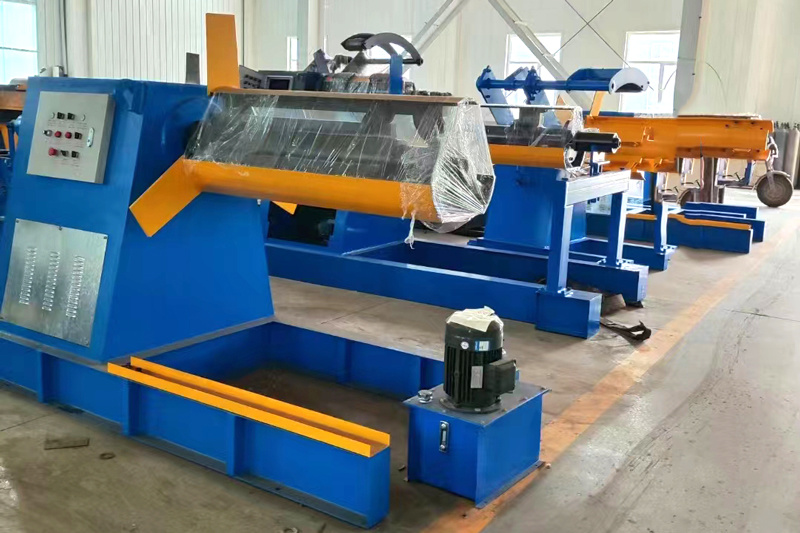How does the tile press troubleshoot itself
May 20,2024

Tile presses are essential equipment in the manufacturing of various tiles, from ceramic to concrete. Like any machinery, tile presses can encounter issues from time to time. However, what sets them apart is their ability to troubleshoot themselves in many cases. In this article, we will explore how tile presses are designed to detect and address problems on their own.
1. Sensor technology
One of the key components that enable tile presses to troubleshoot themselves is sensor technology. These sensors are strategically placed throughout the machine to monitor various parameters such as temperature, pressure, and speed. When a sensor detects an anomaly, it sends a signal to the control system, which initiates a troubleshooting process.
For example, if a sensor detects that the temperature in the press is too high, it can trigger the cooling system to activate and bring the temperature back to the optimal range. Similarly, if a pressure sensor detects a drop in pressure, it can adjust the hydraulic system to maintain the desired pressure for the pressing operation.
2. Self-diagnostic software
In addition to sensors, tile presses are equipped with self-diagnostic software that continuously monitors the performance of the machine. This software can analyze data from sensors in real-time and identify potential issues before they escalate into major problems.
For instance, if the software detects a decrease in the speed of the press, it can evaluate the motor performance and adjust the speed settings to optimize efficiency. Likewise, if the software detects abnormal vibrations during operation, it can analyze the data to pinpoint the source of the vibration and make necessary adjustments to eliminate it.
3. Remote monitoring
Another feature that allows tile presses to troubleshoot themselves is remote monitoring capabilities. With the advancement of technology, many tile presses now come equipped with remote monitoring systems that enable operators to access real-time data and diagnostics from anywhere.
This remote monitoring system allows operators to track the performance of the press, receive alerts for potential issues, and even perform troubleshooting tasks remotely. For example, if a sensor detects a malfunction, the operator can access the system from a mobile device and troubleshoot the problem without having to be physically present at the press.
4. Predictive maintenance
One of the most effective ways tile presses troubleshoot themselves is through predictive maintenance. By analyzing historical data and trends, tile presses can predict when a component is likely to fail and take proactive measures to prevent downtime.
For example, if the software detects that a specific part of the press is wearing out faster than usual, it can schedule a maintenance task to replace the part before it fails. This predictive maintenance approach not only reduces the risk of unexpected breakdowns but also prolongs the lifespan of the press.
In conclusion, tile presses are sophisticated machines that are designed to troubleshoot themselves through sensor technology, self-diagnostic software, remote monitoring, and predictive maintenance. By leveraging these capabilities, tile presses can identify and address issues in real-time, ensuring smooth and efficient operation. As technology continues to advance, we can expect tile presses to become even more intelligent and autonomous in their troubleshooting capabilities.
Contact Us
E-mail :
chiyuan@chiyuanmachine.com
Phone/Wechat:
+86-15100871888
Address:
Botou Economic Development Zone, Cangzhou City, Hebei Province, China







